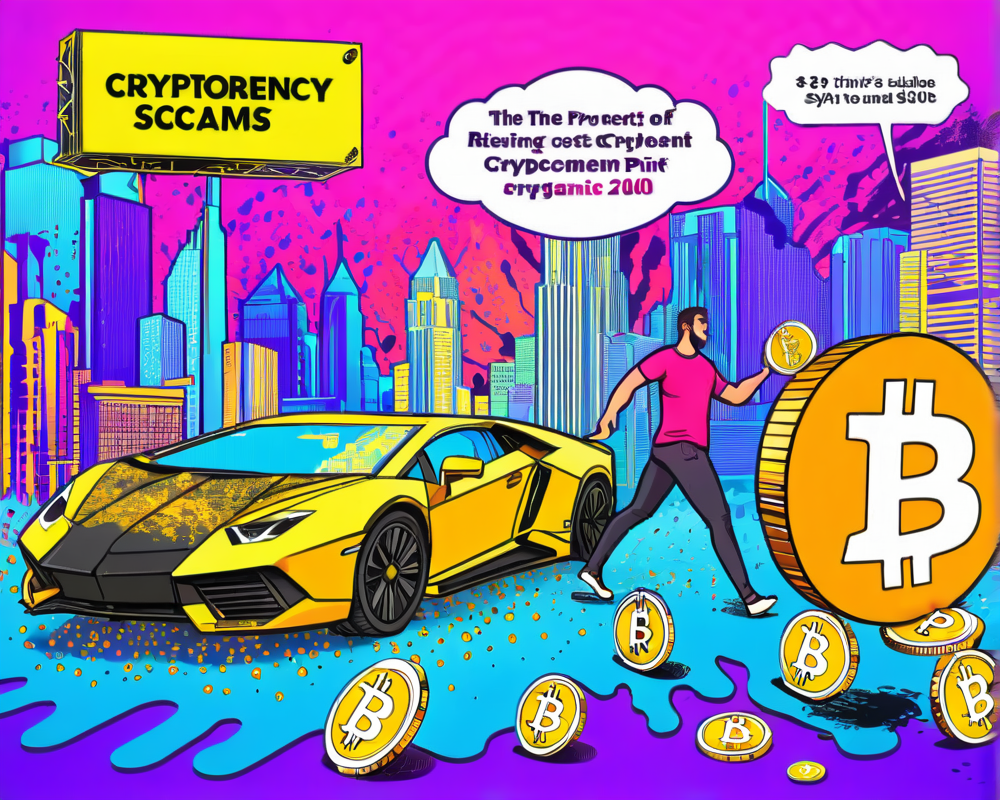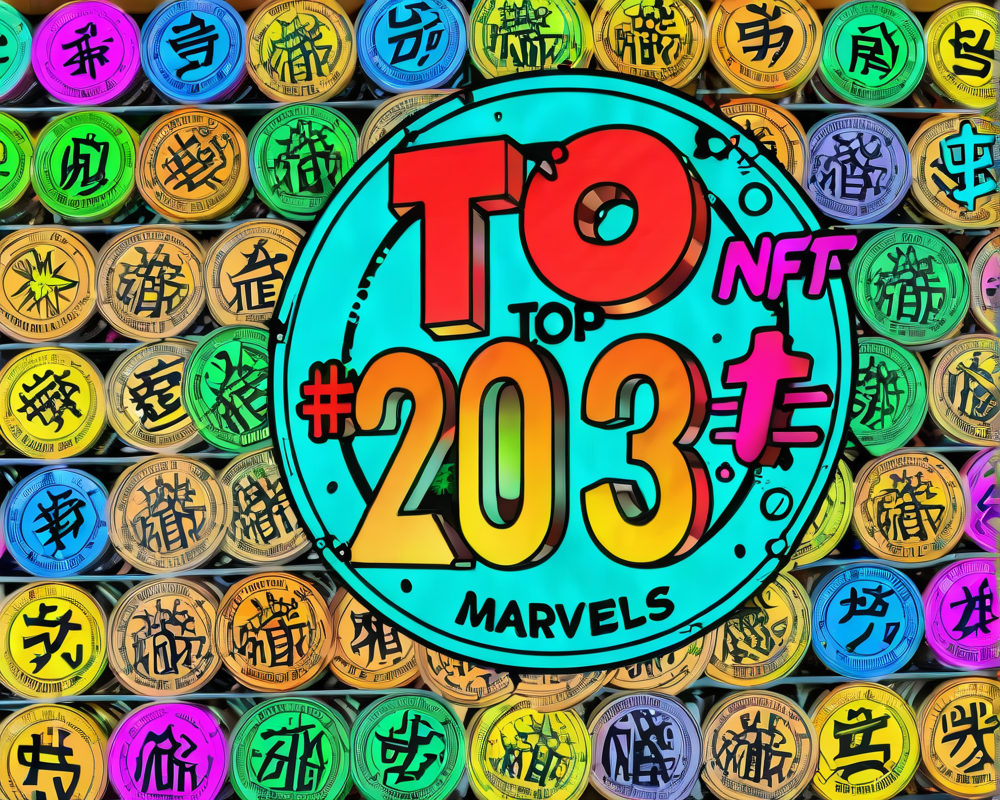The Rise of Crypto Gaming
Crypto gaming has taken the world by storm, transforming traditional gaming into a landscape where players collect, trade, and actually earn real money from their digital adventures. This shift has become increasingly evident in regions like the Philippines, where gamers found a reliable source of income during the economic woes induced by the pandemic. In 2020, Axie Infinity players were reportedly earning salaries that matched their day jobs simply by playing, proving that gaming can indeed pay off—sometimes even more realistically than a 9-to-5!
Axie Infinity: The Gaming Powerhouse
When we think of crypto gaming, Axie Infinity is the elephant in the room—or perhaps more fitting, the mighty dragon. This play-to-earn (P2E) titan has mirrored Bitcoin’s cultural prominence in the crypto sphere, attracting attention, inciting competitions, and occasionally facing controversies (who doesn’t love a good scandal, right?). With its Ethereum sidechain suffering a significant hack recently, the stakes are high, and so are the profits—over $612 million in virtual assets were snagged by opportunistic hackers. Just another day in the crypto world!
GameFi Resilience in a Bear Market
While the general crypto scene may portray shadows of bearish trends and declining NFT prices, GameFi stands resilient. Studies indicate that despite market turbulence, player engagement remains steady. The report by Cointelegraph Research breaks down popular P2E games like Splinterlands, Bomb Crypto, Alien Worlds, and DeFi Kingdoms, hinting that even in rough times, gamers are ready to play (and pay!). Innovation in this space is essential as the current bear market could serve as a nurturing ground for creativity.
Gameplay: The Keystone to Player Retention
But what’s the secret sauce? You might ask: is it the pretty graphics? The innovative mechanics? Not quite! One report notes that the gameplay appeal is relatively modest compared to blockbuster titles like Call of Duty. Instead of graphics that scream, “Look how awesome I am!”, it’s about holding the players’ attention and making their time worth it—money-wise and fun-wise. What’s crucial, going forward, is developing gameplay that attracts new players while retaining those already invested in the ecosystem.
High-Quality Games and Property Rights
The story doesn’t end with gameplay. Blockchain gaming claims a unique selling proposition: players own their in-game assets. Meaning? You can actually sell your digital sword or pet dragon like it’s a hot piece of real estate. Game economics are evolving to incorporate true ownership, offering freedom in pricing and trading dynamics. It’s a radical change from previous gaming systems where digital loot was akin to being given a participation trophy—joyful but ultimately worthless. In this new ecosystem, your virtual treasures have real-world value, giving players both incentive and rights to participate actively in their gaming economies.




